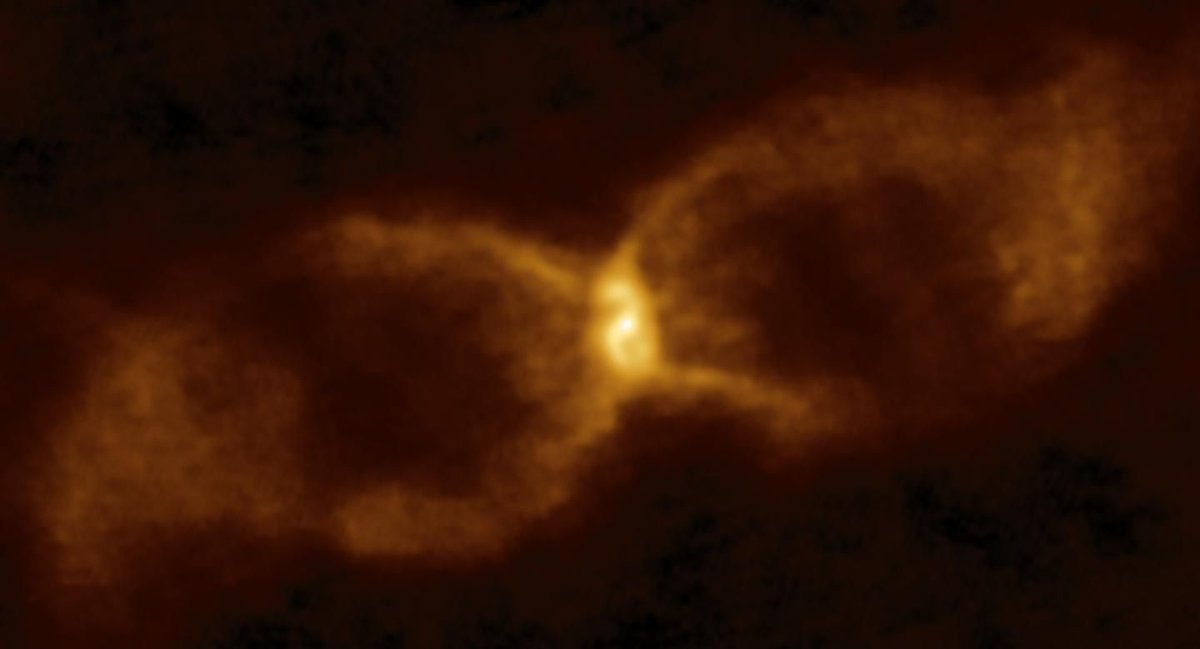There’s something poignant and haunting about ancient astronomers documenting things in the sky whose nature they could only guess at. It’s true in the case of Père Dom Anthelme, who in 1670 saw a star suddenly burst into view near the head of the constellation Cygnus, the Swan. The object was visible with the naked eye for two years, as it flared in the sky repeatedly. Then it went dark. We call that object CK Vulpeculae.
348 Years Ago, a French Astronomer Monk Might have Witnessed the Collision Between a White and Brown Dwarf Star

